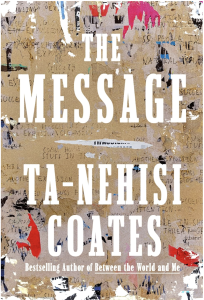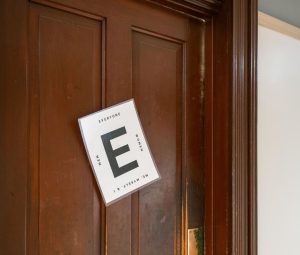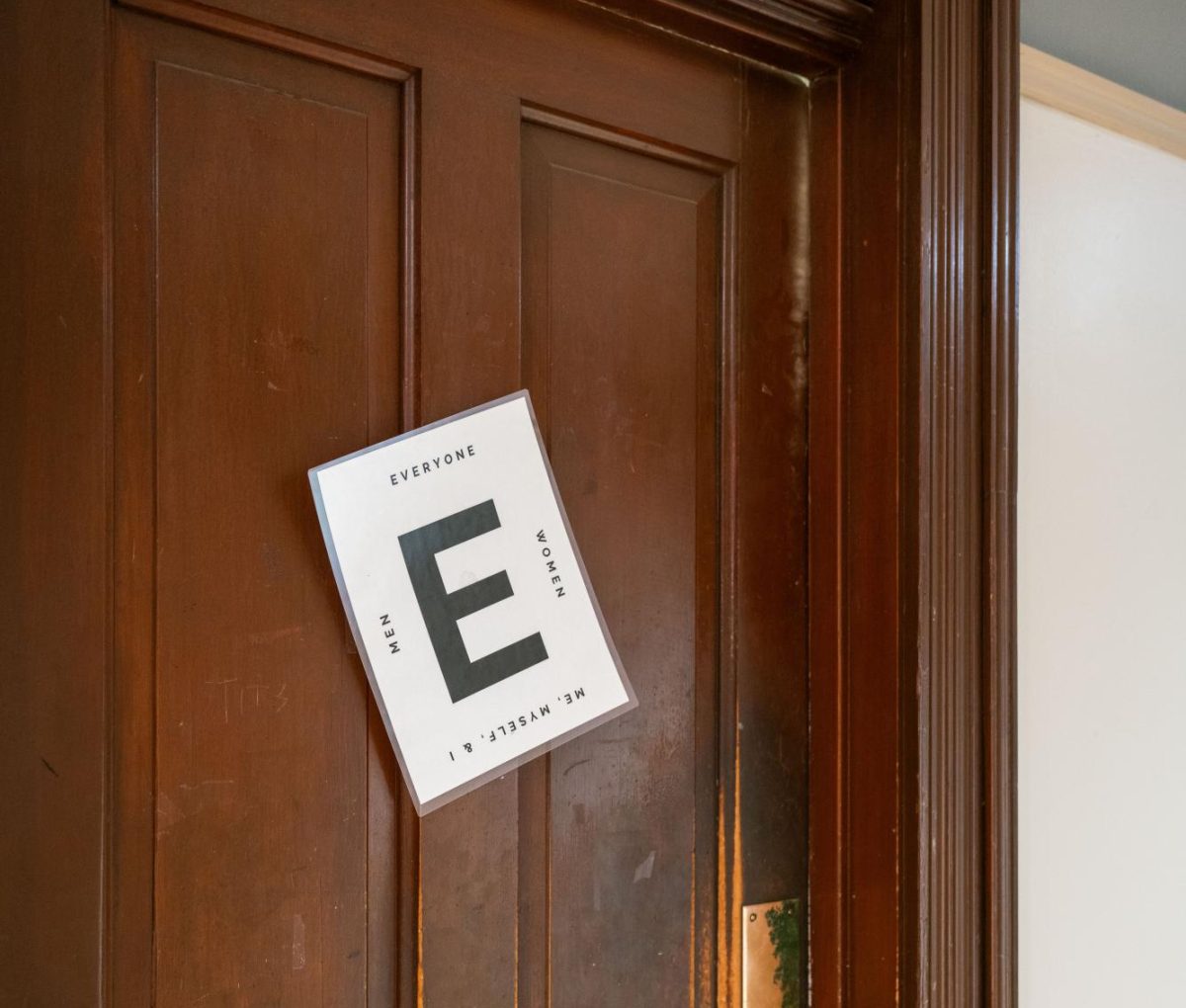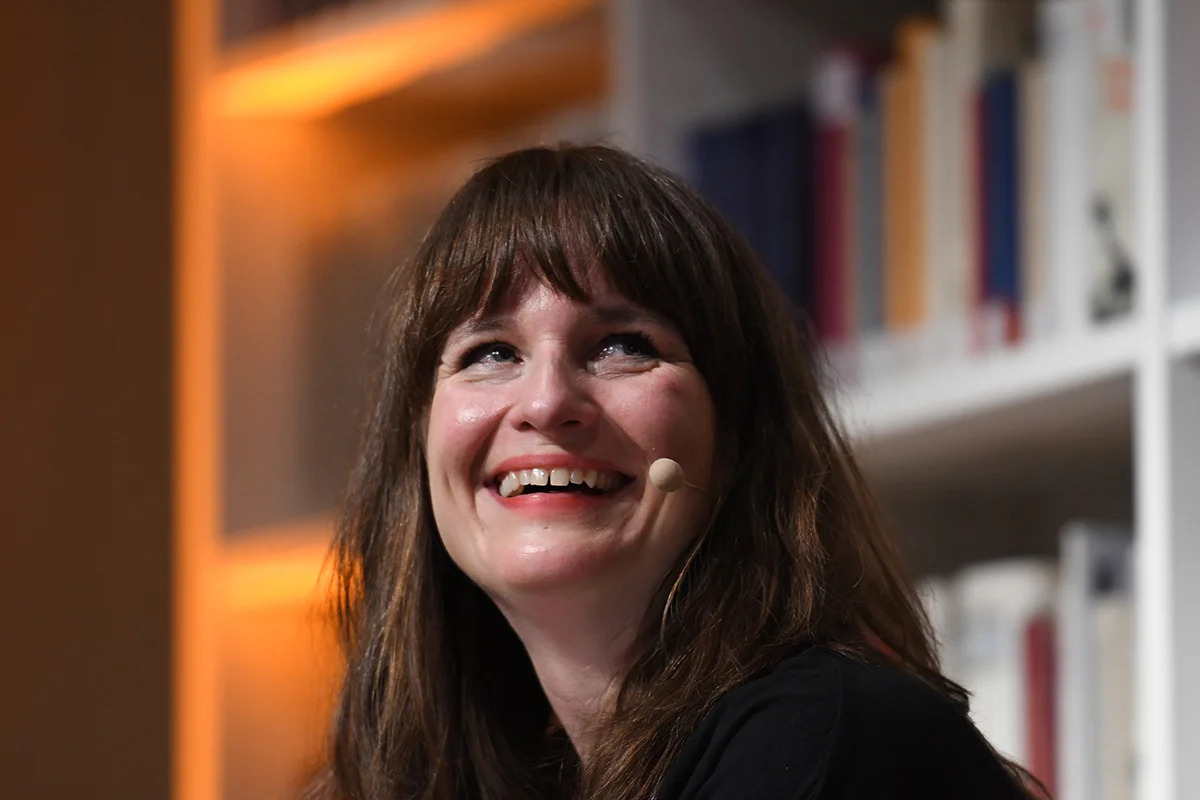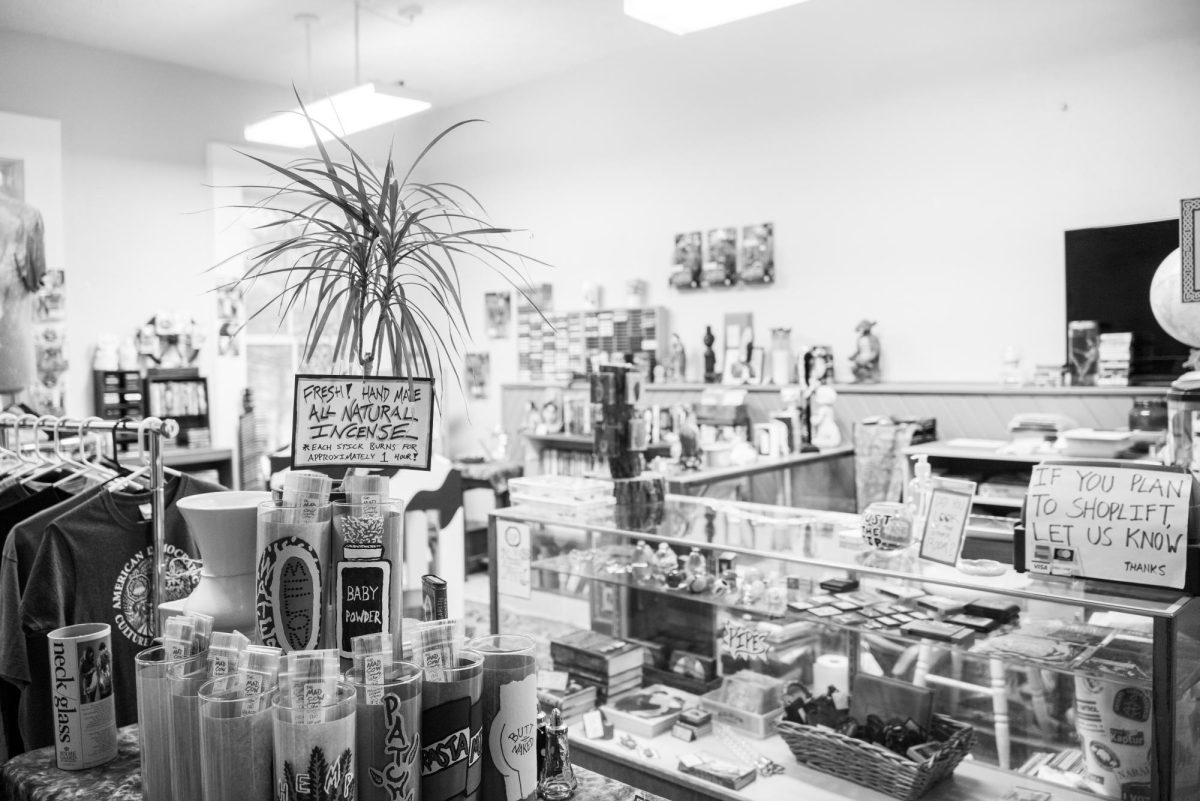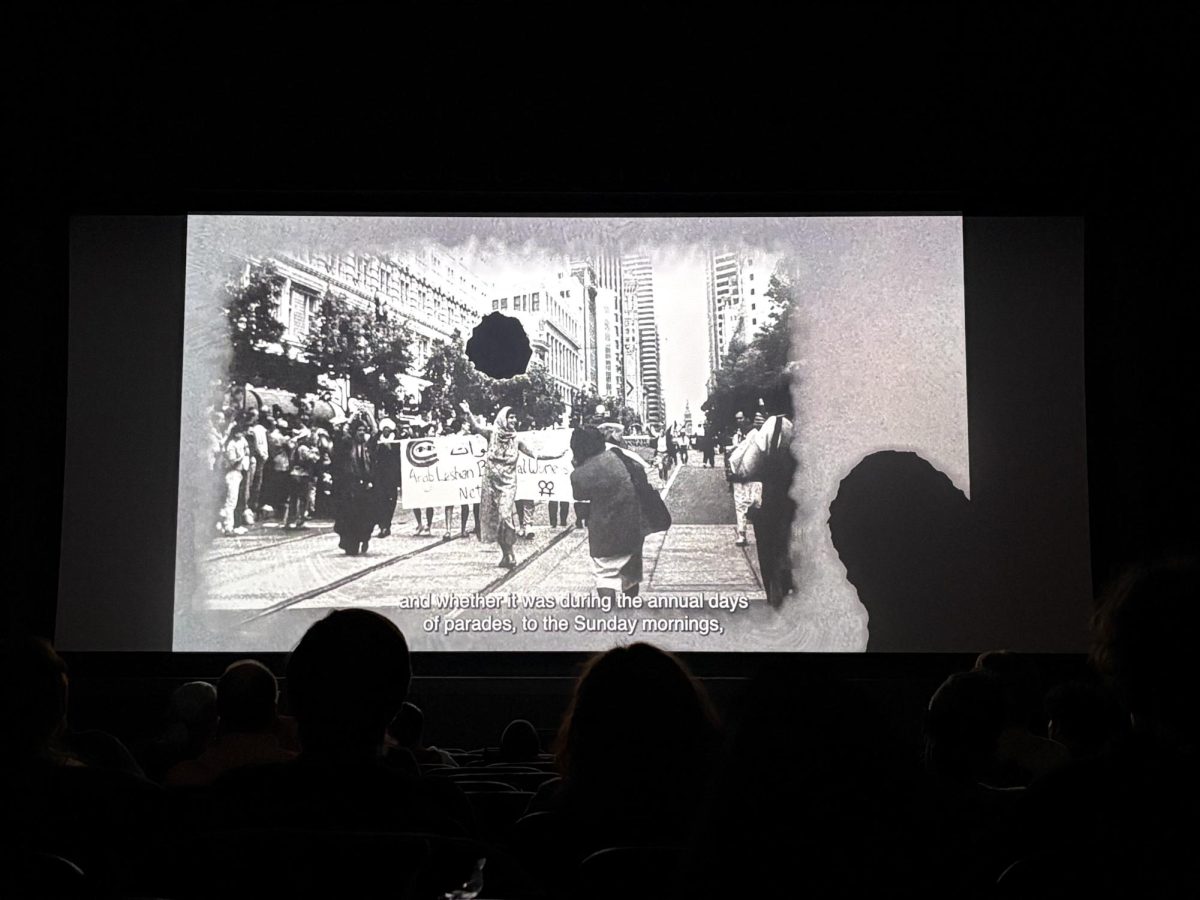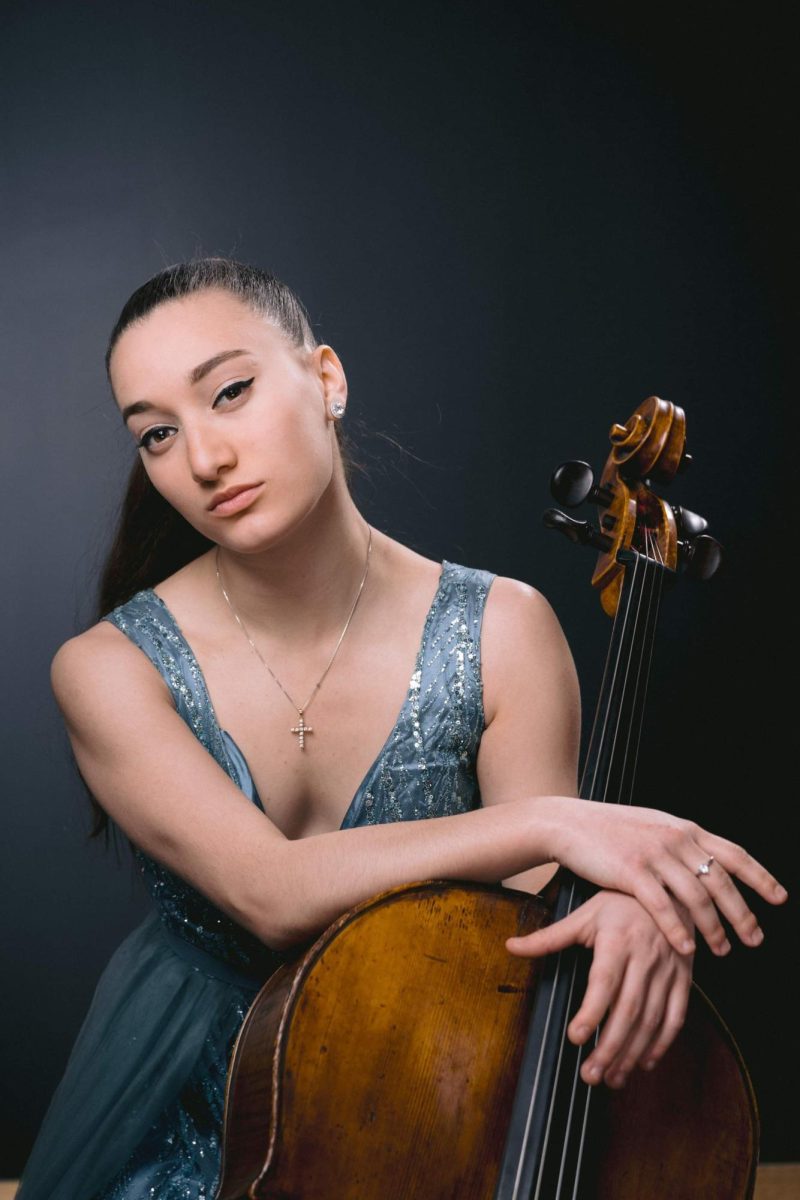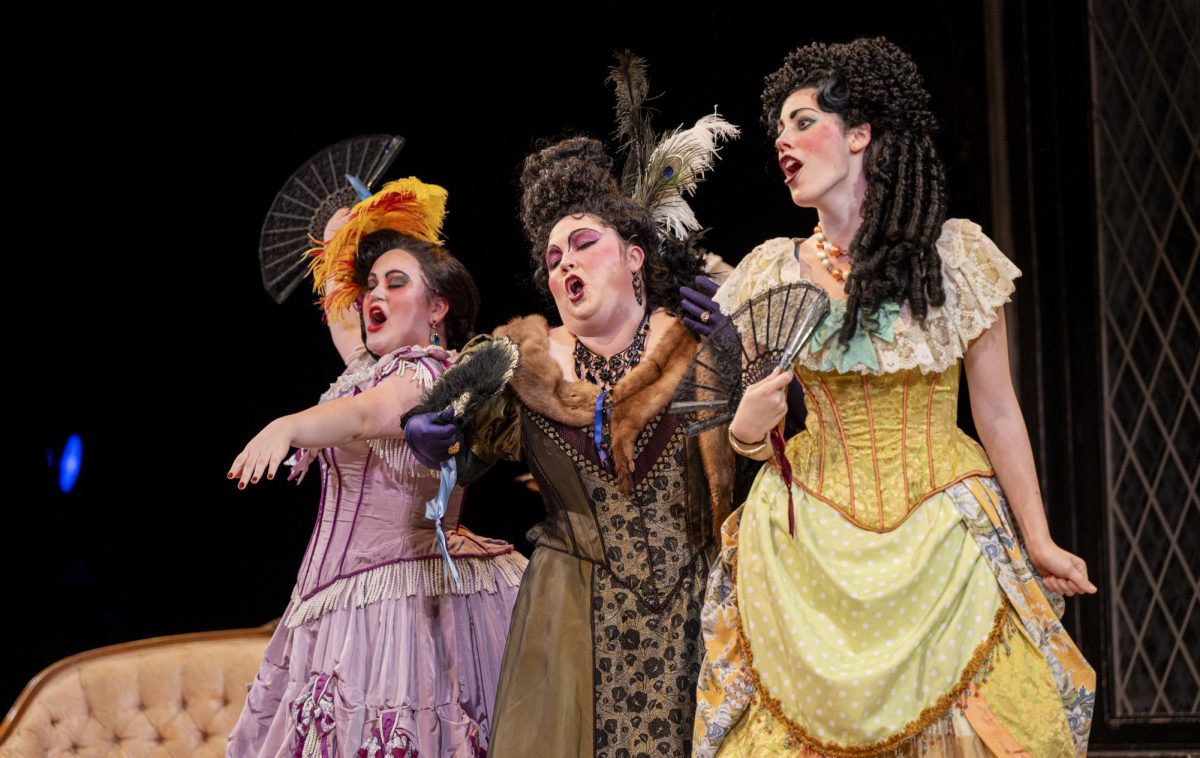Sunday Object Talk: Alexander Calder’s Mobiles
April 6, 2012
The simplified forms and dynamic motions of Alexander Calder’s mobiles have long fascinated art historians and critics. On March 18, College sophomore Meriel Stein delivered a talk focused on the two Calder mobiles, “Yellow Among Reds” (1964) and “Yellow Stalk” (1950s), currently on view at the Allen Memorial Art Museum. With a small audience in attendance, Stein spent the majority of her time discussing “Yellow Among Reds,” the later of the two pieces. She expounded upon the formal elements of Calder’s work as well as on his background and the contemporaries who deeply influenced his practice.
Calder came from a family of artists. He showed artistic proclivities early, and received an engineering degree in 1919. After working a variety of jobs, Calder moved to Paris in 1926, befriending such seminal Modernists as Ferdinand Léger, Joan Miró, Jean Arp and Piet Mondrian. Calder had worked in a more illusionistic style prior to his sojourn in France, but a visit to Mondrian’s studio in 1930 transformed his practice. He began to produce more abstract work, utilizing metal, fabricated materials, primary colors and geometric forms, as exemplified by the two pieces in the AMAM’s collection.
Calder had been interested in motion since childhood when he would play a game with his sister in which they were to draw the movement of an object using a single line. Both of Calder’s works at the AMAM are examples of what he called kinetic sculptures, works comprised of movable parts propelled by a motor, wind or human interaction. His earlier kinetic works were mechanized, but in the early 1930s he abandoned motorized works when he realized that he could create pieces that could be set into motion by movements and currents of air. Thus Calder created the modern mobile.
It was fellow Modernist Marcel Duchamp who christened Calder’s kinetic sculptures “mobiles,” in French meaning both motion and motive. Calder liked this double entendre and the implication that motion is the primary motive of the work, not secondary to an action or interaction.
“Yellow Among Reds” exemplifies this primacy of motion, with 13 circular aluminum discs suspended by iron rods that seem to oscillate weightlessly above the Ellen Johnson Gallery. The contrasts between weight and lightness, motion and stasis provide a glimpse into the sublime world of Calder’s creations that seemingly transcend gravity and the laws of physics.
The rotating motion of “Yellow Among Reds” alludes to the solar system, with one yellow disc representing the sun, a brighter celestial body as compared to the 11 red discs. This planetary formation is made cyclical by the black and white disc that extends singularly from the horizontally oriented formation. This disc is painted white on one side and black on the other, perhaps as a reference to the dark side of the moon and the two-dimensional mode through which human vision perceives planetary bodies. Looking skyward to glimpse Calder’s mobile is an experience that takes the viewer out of the gallery and into the slow, absorptive motion of lines, shapes and colors.
Meanwhile, “Yellow Stalk,” Calder’s earlier work in the AMAM’s collection, generates an entirely opposite effect as a result of its diminutive size and display in a plexiglass vitrine. The work is impeccably balanced and elegant, demonstrating Calder’s masterful handling of industrial materials.
Calder constructed his works by hand out of found materials, especially during the shortage of metal during World War II. “Yellow Stalk” consists of a red piece of metal that curves down on one side and up on the other to support a configuration of six white discs suspended by wires. All of these pieces are balanced on a yellow piece of metal that stands on three splayed legs.
There seems to be a latent zoomorphism to the yellow legs and undulating curves of the red horizontal component, which in conjunction with its size renders “Yellow Stalk” toy- or pet-like, as though it should be played with. Yet the mode in which “Yellow Stalk” is currently displayed freezes the work in space. It can no longer move or be moved; its energy is rendered potential instead of kinetic.
Stein pointed to the fact that “Yellow Stalk” was a gift from the artist to Katherine Kuh, a dealer and critic, who subsequently bequeathed it to the AMAM. In addition to its size, that the piece was a gift raises questions of whether “Yellow Stalk” was in fact intended for a museum setting, or if it was meant to be played with in a more informal way. Regardless, the AMAM is fortunate to have such a variety of Calder’s works, and Stein provided the museum goers with a thought-provoking context in which to view these important pieces.



